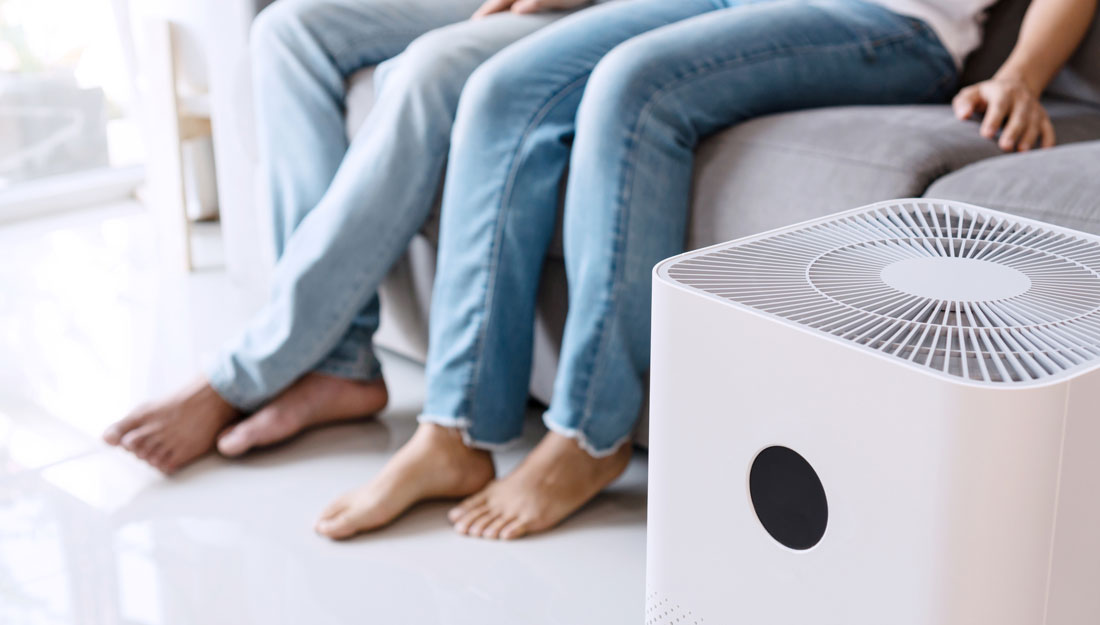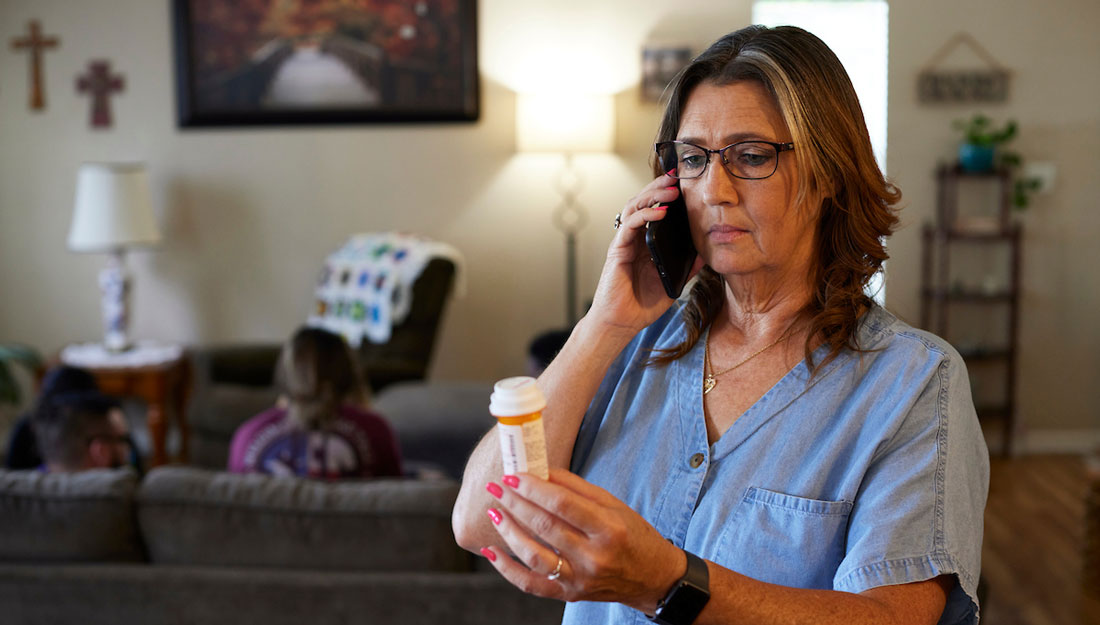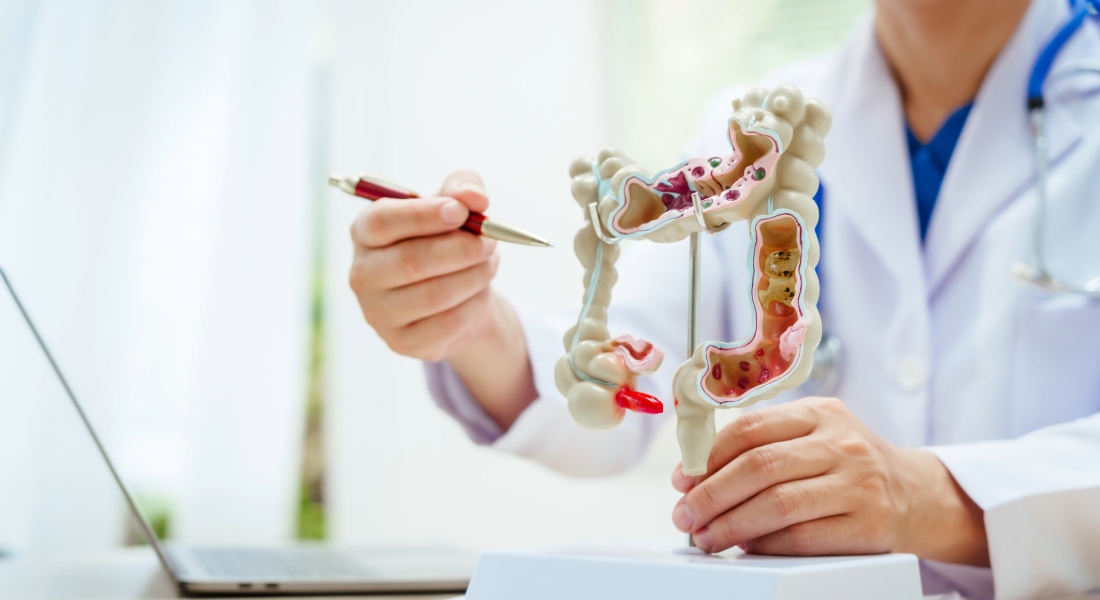- Lindsey Hendrix
- Healthy Living, Pharmacy, Public Health, Show on VR homepage
How to safely throw away old medicines
Safely disposing of expired and unused medicines can help protect children, pets and others

Medicine cabinets across the nation are full of expired and unneeded medicines. A 2017 survey by Consumer Reports found that about one-third of Americans haven’t cleaned out their old medicines in the past year, and nearly one-fifth haven’t done so in the past five years. This adds up to about 200 million pounds of unused medication each year.
Although a seemingly innocent case of disorganization, failing to get rid of expired and unused medicines can lead to serious consequences. This is especially true for prescription medications, particularly opioids, because medicine prescribed for one person for a specific purpose could be harmful if used by someone else for a different reason. What’s more, medicines that have passed their expiration date may not work as intended.
“Prescription medications are safe when used as prescribed for their intended purpose,” said Joy Alonzo, M.Engineering, PharmD, clinical assistant professor at the Texas A&M Irma Lerma Rangel College of Pharmacy and member of the Texas A&M Health Science Center Opioid Task Force. “Once you no longer have a need for the medicine, there’s no reason to keep it around. In other words, never use something that was prescribed for a broken ankle to help you sleep, don’t keep pain medicine on hand for future use and never take someone else’s prescription.”
Removing expired and unused medicines from your home helps reduce the chance that others, including children and pets, will accidentally take or intentionally misuse them.
But what is the right away to remove old medicines from your home? The U.S. Food and Drug Administration (FDA) recommends two primary options for disposing of unused or expired medicines: prescription take-back programs or household trash. In very rare instances, you can also flush them down the sink or toilet.
“Take back” drug programs
The preferred way to dispose of medicines is through prescription drug take-back programs, which are offered in two different ways: periodic events and permanent collection sites.
The U.S. Drug Enforcement Administration (DEA) sponsors National Prescription Drug Take Back Day, when temporary collection sites are set up in communities nationwide. Many local law enforcement agencies also have their own drug take-back programs, and some pharmacies have disposal kiosks. Contact your city or county government, pharmacist or the DEA to find a program or authorized disposal location near you.
Note that take-back options will not accept used or unused sharps, such as syringes and needles. These items should be placed in FDA-approved sharps containers and disposed of using appropriate methods.
Throw medicine away
Nearly all medicines can be thrown into your household trash can. This includes prescription and over-the-counter (OTC) varieties of pills, liquids, inhalers, drops, patches and creams. The FDA recommends following these steps for safe disposal:
- Remove the medicines from their original containers and mix them with something foul-tasting such as used coffee grounds, dirt or cat litter (do not crush pills or tablets). This step makes the drug less desirable to children and pets and less recognizable to someone who might intentionally look through trash for drugs.
- Put the mixture into a sealable container such as a zipper storage bag or used coffee can.
- Throw the container into your household trash can.
- Before throwing away empty prescription containers and packaging, mark out all personal information to protect your privacy and identity. Then throw the packaging in the garbage.
There are also special drug deactivation bags that render medicines useless and are considered safe for the environment. You can request them from your local pharmacy, mail-order pharmacy or online retailer. Some local drug coalitions provide them for free while supplies last.
Flush medicine
A select few pharmaceutical controlled substances have specific instructions to immediately flush them down the toilet or sink when they are no longer needed and a drug take-back option is not readily available. This small list of medicines may be especially harmful and, in some cases, deadly if used by someone other than the person for whom they were prescribed. Flushing them right away can help prevent others from accidentally taking these potentially dangerous substances.
If you’re not sure if your medicine falls into this category, check the prescription label or patient information leaflet to find disposal instructions. You can also consult the FDA’s list of medicines recommended for flushing or contact your pharmacist. If your medication does not appear on this list, you may dispose of it in the trash.
“I have been approached by family members of people who have been in hospice, cancer treatment or long-term pain management asking how to dispose of their loved ones’ unused prescription pain medicine,” Alonzo said. “Some of them have boxes upon boxes of opioids and other potent pain medication. In these instances, I do not recommend flushing them. In large quantities, medications should be taken to collection sites or take-back locations. Our waste water facilities do not currently have efficient methods of removing pharmaceutical substances, so flushing should be the last choice.”
Improve how you store medicines
Accidental exposure to pharmaceutical substances is a major cause of unintentional poisonings of children. Each year in the United States, an estimated 60,000 emergency department visits and 450,000 calls to poison centers are made after children under the age of 6 find and ingest medicine without supervision. Even child-resistant containers have been found to be insufficient at keeping children from accessing medicines. For this reason, all medicines—prescription, OTC and dietary supplements—should be stored out of children’s reach, including when they’re in handbags, tote bags, backpacks, suitcases and jackets.
“Keep track of all your medications. Count your pills every day so you know what you have. Only use the medicine you need. Never give your prescription medications to another person or take someone else’s prescription. Additionally, never let children 18 years of age or younger take opioids for any reason, unless prescribed for the child by a physician, and monitor carefully,” Alonzo said. “Keeping drugs after they are no longer needed creates a needless health risk for children and others in the home. Dispose of old and unused medicines right away to reduce the risk of emergencies, misuse and even death.”
As a final note, Alonzo recommends everyone keep a naloxone overdose reversal kit in their home, “much like you would have a fire extinguisher or first aid kit.” For more information on how to obtain and use a naloxone opioid overdose reversal kit see the Texas A&M Opioid Task Force website.
Media contact: media@tamu.edu


